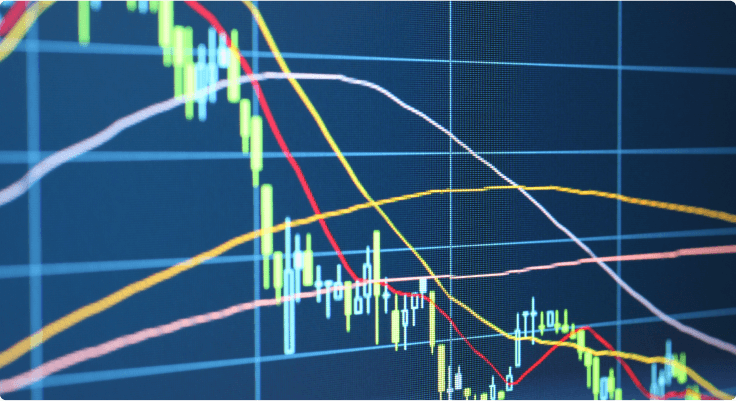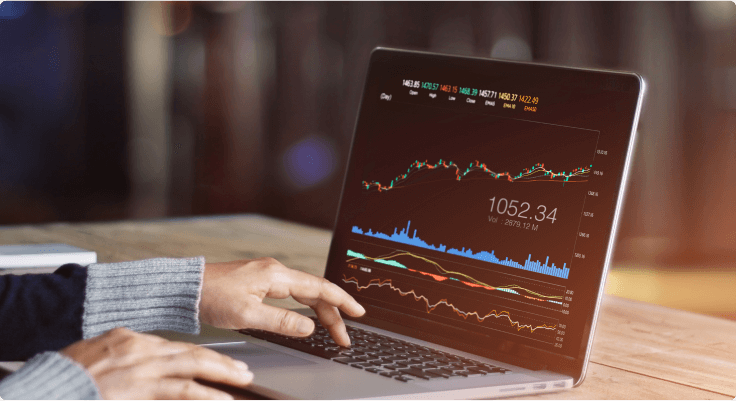For equity and index investors, navigating the ever-changing market landscape can be challenging. While traditional stock purchases offer long-term growth potential, they limit your ability to capitalize on short-term movements. This is where Contracts for Difference (CFDs) emerge as a game-changer, offering a versatile tool to maximise returns on your investments.
What are CFDs?
A CFD is a financial contract between a trader and a broker that tracks the price movement of an underlying asset, such as a stock, index, or commodity. Unlike traditional purchases, you don’t own the underlying asset itself. Instead, you speculate on its price movements and profit or lose based on the difference between the opening and closing price of your CFD position.
Key Advantages of CFDs for Equity and Index Investors:
- Leverage: This is the hallmark feature of CFDs. You can control a larger position than your initial investment, allowing for amplified profits (and magnified losses). This leverage can be particularly beneficial for maximising returns on smaller investments.
- Going Short: Unlike traditional stock purchases, CFDs allow you to take short positions. This means you can profit if the underlying asset’s price falls. This versatility opens up new opportunities to capitalize on market downturns, offering a hedge against a falling market or allowing you to profit from short-term market corrections.
- Hedging Potential: When used strategically, CFDs can be used to hedge existing long positions in your portfolio. By taking a short CFD position on the same asset, you can mitigate potential losses if the market takes a downturn. (Read our full article on hedging using CFDs here)
- Diversity: CFDs offer access to a vast array of underlying assets, including stocks from various exchanges, indices representing entire sectors, and even commodities. This diversity allows you to tailor your trading strategy to your risk tolerance and market outlook.
Maximising Returns with CFDs (Strategies):
- Directional Trading: If you have a strong conviction about a stock’s future movement (up or down), CFDs can magnify your potential gains. You can take a long CFD position to profit from a rising price or a short CFD position to benefit from a falling price.
- Volatility Trading: For traders who thrive on market volatility, CFDs offer a way to capitalise on short-term price fluctuations. By taking advantage of leverage, you can amplify your returns on these movements. However, volatility trading requires a high level of risk management and active trading discipline.
- Hedging Existing Portfolio: As mentioned earlier, CFDs can be used to hedge long positions in your existing portfolio. This can be particularly beneficial for long-term investors who want to protect themselves from a sudden market downturn without selling their underlying assets.
Considerations When Using CFDs:
- Leverage Risk: While leverage can magnify profits, it also magnifies losses. Ensure you have a proper risk management strategy in place to limit potential losses. Utilise stop-loss orders and manage your position sizes responsibly.
- Costs Involved: Trading CFDs involves bid-ask spreads, commissions, and overnight financing costs. Carefully evaluate these costs before entering a position to ensure they don’t significantly eat into your potential profits.
- CFD Complexity: CFDs can be complex instruments. Thoroughly understand the mechanics of CFD trading and the risks involved before deploying them in your strategy.
Conclusion:
CFDs are powerful tools for equity and index investors seeking to maximise their returns. However, they require a well-defined strategy, a strong understanding of the risks involved, and a disciplined approach to risk management. By leveraging the benefits of CFDs strategically, you can navigate the market more effectively, capitalise on short-term opportunities, and potentially enhance your overall returns. Remember, successful trading involves a blend of strategy, risk management, and a healthy dose of caution. It’s essential to conduct thorough research before using CFDs. Aside from portfolio risk, another common risk overlooked by investors is foreign currency risk when investing in overseas market. You may read our full article on hedging currency risk here.
What’s Next?
Check out our CFD offerings on Phillip Nova 2.0. Simply navigate to your watchlist, click on the ‘+’ icon located at the bottom of the page, and select ‘CFD’ to view and add your desired CFD contract to start trading. Check out our step-by-step guide here to add CFDs to your watchlist!












